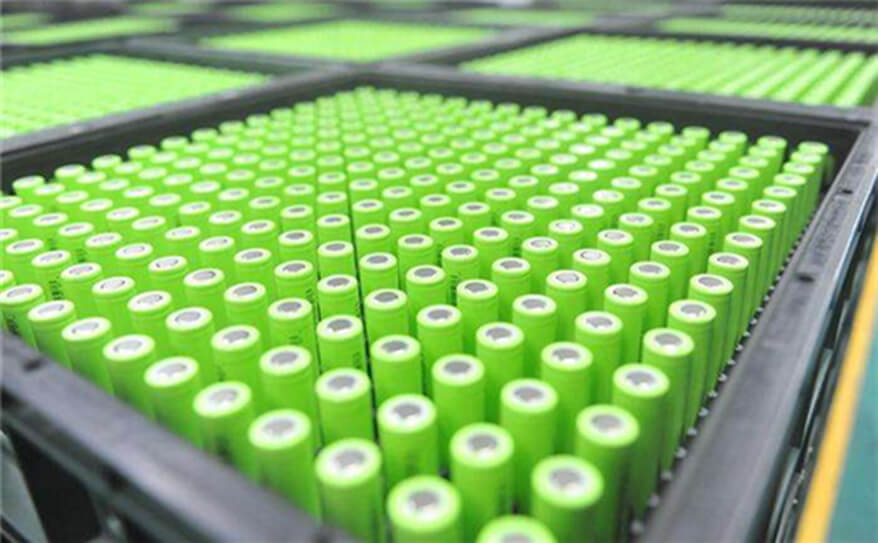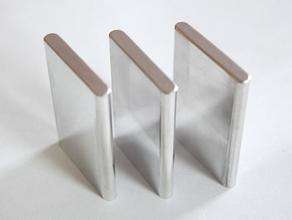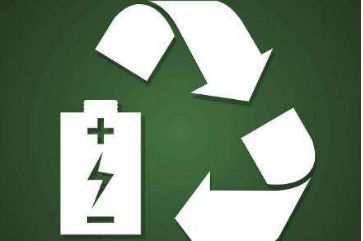Li-Ion Vs. Li-Polymer Which Is Best?
May 07, 2019 Pageview:2986
The battery is something that not only sticks to the smartphone. Drones, RC, electric cars or any autonomous device has a battery. It is also one of the biggest concerns when purchasing a smartphone. For several years, batteries have incorporated Lithium as the main element thanks to its non-existent memory effect and its small size.
But there are two types of lithium batteries in the world of smartphones: lithium-ion batteries (Li-Ion) and lithium polymer batteries (LiPo). Keep reading to know the few differences that exist between them.
large power comes with custom Li-Ion and Li-Polymer batteries, which are safe, reliable, long life, high working batteries.
Part 1: What Do The Li-Ion And LiPo Batteries Have In Common?
The LiPo and Li-Ion batteries have something very obvious in common: both are Lithium. These kinds of batteries are prevalent because they are increasingly cheaper to produce and have more penetration in the market (especially if you look at smartphones).
They have a relatively long lifespan (usually a maximum of 1000 load cycles, although the most common is that they survive for about 500 cycles or a little longer without substantially altering their virtues), a size small enough for their capacity and low weight (especially those that support fast loading that need less density). All this makes them ideal for feeding small devices such as our smartphones or even drones.
The main drawback of this type of batteries is its combustion capacity as we could observe in the Galaxy Note7. Lithium batteries should not be exposed to high temperatures. Compared with the old Nickel Cadmium (NiCd) and Nickel-metal-hydride (Ni-Mh) batteries, they are a significant evolution since they hardly have any memory effect.
The Difference Between Li-Ion And LiPo Batteries:
Although they are basically very similar to being both Lithium, there is some difference between them. Starting from the most technical, the Li-Ion batteries use as an electrolyte a lithium salt contained in an organic solvent (liquid) that provides the necessary ions that will circulate between the cathode to the anode during discharge.
This generates a potential difference that makes the electrons move (provide power) for the circuit to which the battery is connected. During charging the polarity is inverted, the process is the reverse, that is, the ions move from the anode to the cathode.
In the case of LiPo batteries, the process is very similar, except that the lithium salt is contained in a kind of gel (a polymeric compound) instead of a liquid, which makes it less likely a leak or at least more controllable.
A Couple Of Tips To Take Care Of The Battery:
The battery is one of the parts that most concerns users. So we have a basic battery guide where you can find the great myths about batteries, and I'm sure you thought more than one. Here are some tips for your battery to suffer as little as possible during its useful life:
· Charge your smartphone when he asks you to, charge it before it goes out if possible.
· Do not try to turn it on if it has been turned off because there is no battery. To discharge the battery a lot may cause that it cannot be recharged.
· You do not have to wait until it is 100% charged for unplugging it. Use it when you need it.
· Do not subject the battery to high temperatures; it deteriorates and drastically reduces its life.
· Beware of fast chargers, and it is best to use the original charger since almost every manufacturer has its own fast charging technology.
· If you are going to store a battery for an extended period of time (several months), do not leave the battery to the maximum or minimum capacity, try to be about half of its capacity (40% - 50%).
· If the battery has been a long period without inactivity, a thin film of lithium chloride can form on the positive pole which makes the circulation of electrons more difficult. This is eliminated with use.
Part 2: Lithium Polymer Battery Charging Tips:
To charge a battery securely first and above all safety standards is: Monitor the battery while it is charging. We have read in forums and blogs about incidents that occurred due to letting the LiPo battery charge without being aware during the process.
1. Recharging The iPhone Battery Reduces The Life Of This Component: Currently, the battery of the iPhone can reach about 700 - 1000 charging cycles, being able to conserve 90% of its capacity when we go through the 500 cycles.
2. Charging The iPhone From 0 to 100% Is What Is Called A Charging Cycle: If the phone is charged 4 times from 75% to 100% it represents 1 charging cycle.
3. Leave The iPhone Connected To The Charged After It Is Charged: Unlike the existing myth, it does not damage the battery since it automatically disconnects from the charging circuit once it is finished. Generally, you only see this problem if you leave your iPhone connected for more than 24 hours in a row.
4. The Current Batteries (Ion-Lithium) Are Best Preserved: With a charge of 40% when they are to be stored unused for a long time, so if you are not going to use the iPhone for a long time, it is best to leave it with a load of 40% -50% and not as indicated by the logic of loading it up to 100%.
5. A Slow Charge Keeps The Battery Life Better: Than a fast charge, and even if a higher amperage charger is connected to the iPhone (for example, the iPad), the speed with which it charges will not increase as the iPhone usually uses 0 , 8 - 1.2 amps when loaded, and discard the rest.
Part 3: Lithium Polymer Battery Life:
Another aspect that matters when it comes to knowing all the ins and outs of batteries is the loading time of them. Just as we care how long we will have the phone on, it is also interesting to know how long it will take to return 100% of the power to the same to be able to separate us from the plug. Unless we carry an external battery, of course.
- Prev Article: How to Awaken Sleeping Li-Ion Battery
- Next Article: How long Do Lithium Batteries Last?
Leave Message
Hottest Categories
-
Hottest Industry News
-
Latest Industry News












